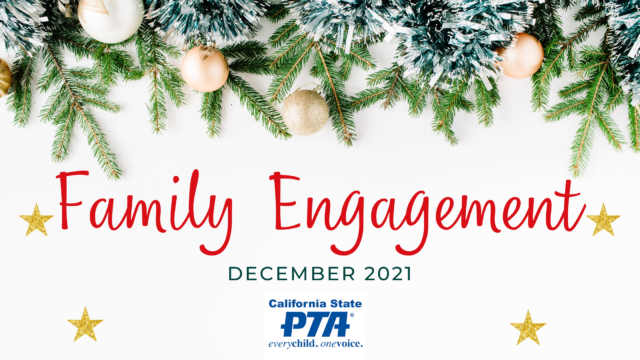By Heather Ippolito, Vice President for Family Engagement
When families and schools work together as equal partners in decision-making, students succeed. Parents/caregivers, students, school staff, and administrators should partner to develop programs, practices and policies that have the best interests of all students at heart.
Here are a few ideas for how your PTA can help foster collaboration using our Family-School Partnership Standard #5: Sharing Power, on your school campus:
- Show parents the importance of participating in the Local Control Accountability Plan (LCAP) meetings. By law, parent (and student) input must be taken into account when a school district creates their annual plan, but if parents aren’t participating and sharing their thoughts or suggestions their voice is lost. Informing families when LCAP meetings are and how they can participate is a great way to ensure that the parent voice is reflected in the LCAP.
- Sponsor parent information events for families when new textbooks, curriculum, or school district policies are being proposed. This shows parents their input is valued in school or district decisions. PTA newsletters or websites are great places to advertise these events so parents can add them to their calendar.
- Include parents on school and district committees. To ensure that parent voice is included, families need to know what opportunities there are for participation and what the requirements are to join the committees. PTA units and councils can share this information with families and encourage participation.
- PTA leaders should be trained in facilitation skills that encourage families from diverse backgrounds to speak up. Helping our local leaders understand how to lead meetings and events to encourage participation from all parents will help to ensure that PTA programs truly address the needs of all families in your school. Your local PTA council or district is a great resource for training in this area (or plan now to attend workshops at our statewide PTA Convention in April of 2022).
This article is part of a continuing series covering the PTA Standards for Family-School Partnerships. You can see the other blog posts in this series below:
- Introduction to the PTA National Standards
- Standard 1- Welcoming All Families
- Standard 2- Communicating Effectively
- Standard 3- Supporting Student Success
- Standard 4- Speaking up for Every Child
